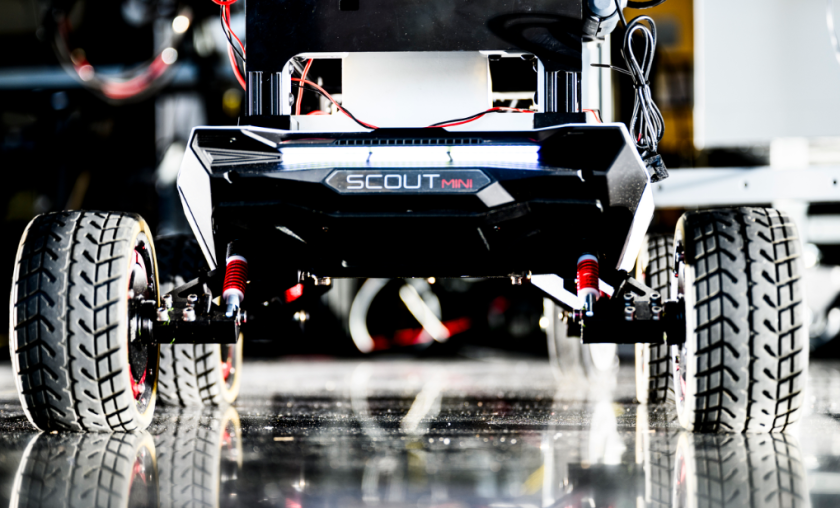After the humanoid robots, we would now we witnessing the robotic bird. This robo raven is very much similar to the real birds in the sense that it can control its wing motion due to which it is able to perform similar aerobatics like back flips and dives. Phenomena that was not possible with the mechanical birds before.
Precision of the machine is so accurate that birds in the area could be seen diving and attacking from above with their talons. Other birds including seagulls could be seen lining up in formation behind it.
The Flying Mechanics
The robo raven flies by flapping its wings, sounds quite simple but actually, it isn’t. The flying mechanics was one of the major huddles amongst the robo scientists, which was baffling them since long.
University of Maryland Professors S.K. Gupta and Hugh Bruck along their students were first to reach the milestone by instilling aerobatic maneuvers in the robo raven.
Design iterations for this flying machine was a cumbersome task because during the trial phase, the probability of causing fatal crash to the robot was high, thus maintaining patience and consistency was one of major prerequisite amongst the researchers behind designing the machine.
Gupta has been researching on the flying mechanics of the robo raven since a decade. Initially the bird employed one motor to flap both wings in unison and simple motion. By the year 2010, four models have been evolved consecutively.
Robo Raven Airborne
The bird’s performance by simultaneous wing flapping was restricting its limitations. So Gupta decided to go against the tides and in 2012 he partnered with Bruck and their graduate students and tighten their sails. This time they came out with two programmable motors, which could be electronically synchronized to complement motion across wings.
Original architecture was further replaced with smarter manufacturing and lighter parts.
Team programmed the motion profile in such a way that the wings retained best possible velocity while flapping to achieve the ideal accuracy between lift and thrust. They studied the aerodynamic forces, which were produced during the flapping cycle and accordingly evaluated the wing designs that gave the higher efficiency level. Final touches were done as per the system level optimization for the synchronization of each module with one another as an integrated system.
The efforts resulted in getting Robo Raven airborne with the new in-flight aerobatics.
Raven Relies On Power Density
The labors didn’t stop here, researchers behind the amazing innovation lately have come up with solar panel wings for the raven. In order to increase the overall efficiency and performance of the robotic micro air vehicle, Gupta thought of giving the extra edge with the solar energy.
Real raven relies on meat but Gupta’s robo bird draws about 30 watts. Researchers are trying to take the benefit of solar cell technology in bridging efficacy to their breakthrough robo raven.
The Future
At the moment, the raven is flying with the help of sensors but the team envision to improve their understanding of how a soldier could use it.
Robo raven would be taking robotics and flight engineering to the next level where these robotic micro air vehicles would prove an asset to reconnaissance, surveillance departments, agriculture and environmental monitoring.
The raven is certainly one of the most exciting futuretech developments in robotics and this is one of the stepping-stones that’ll pave way for the incredible technologies that we’d be glimpsing very soon.




